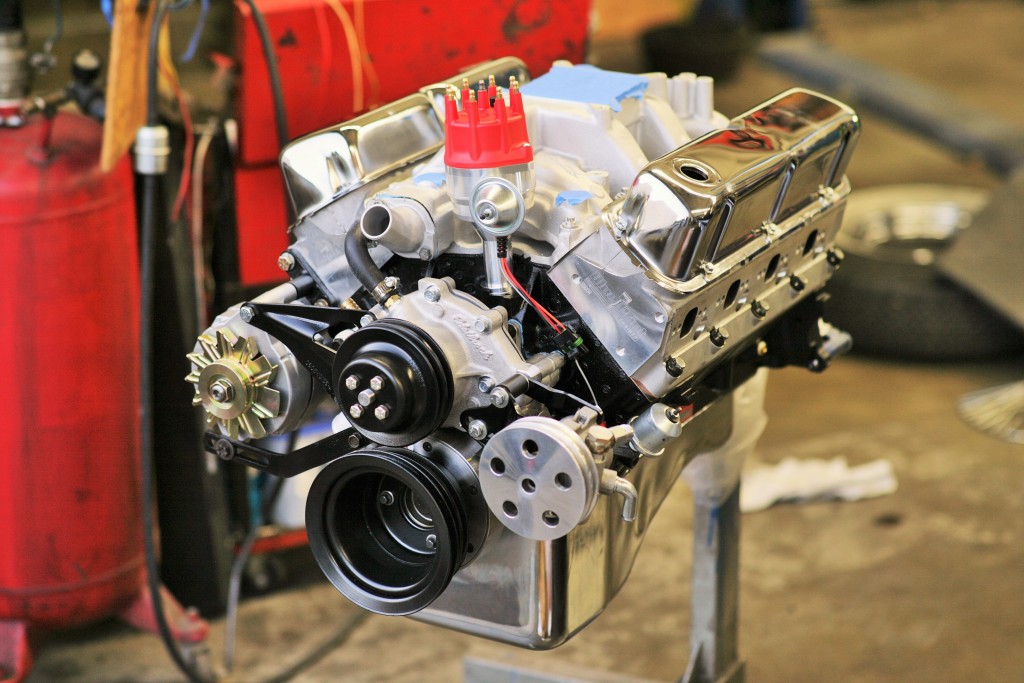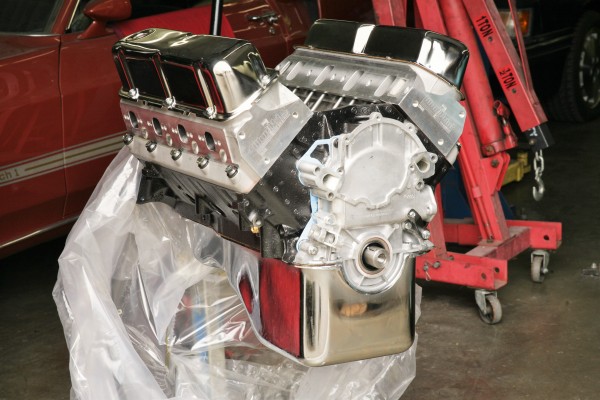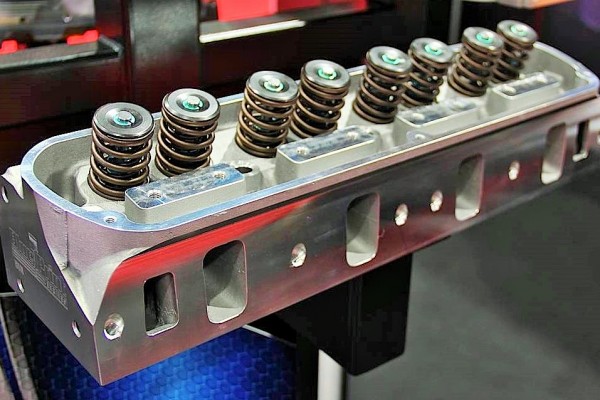
When it comes to friendships, there’s not much that people value higher than loyalty and steadfastness. You know, that type of friend that you can always count on to be there no matter what, even if it’s not easy for them. There will be great stories and memories. Those friendships create strong bonds that can last a lifetime.
For car lovers, there’s a mechanical equivalent to that good buddy.
It’s just as easy to get really attached to a good car that’s been by your side for many years, through thick and thin. Sometimes it’s a dream car that you always wanted, but most often it’s the one that always got you home and never left you stranded, no matter how much it was put through. Think of all the miles and adventures shared. Or maybe there is sentimental attachment. Or both. That’s why some cars end up being more like a member of the family than a machine.
That’s the case with the ’68 Mustang coupe that we’ll be rebuilding with parts sourced through Summit Racing’s vast catalog. What makes this coupe special to someone? It was purchased by the author’s mother in 1971 when she was 16 for $1,782. It had 18,299 miles on it then but now has over 250,000 miles on the original drivetrain and suspension. Though it has been parked for the past few years, there are nearly 40 years of memories built up in it.
While it was complete and in good overall shape, the Mustang had reached a point of just being worn out everywhere. It really needed everything redone. Life was busy and time was short, but you don’t just sell an old friend, so the Mustang was placed in storage until a couple years ago when it was pulled out and readied for a second life.
As you can see, the paint and body have already been redone in the original Brittany Blue and the drum brakes have been upgraded to Wilwood 6-piston calipers on 13-inch rotors up front and 4-piston calipers on 12-inch rotors in the rear. The rolling stock is 17 x 8 and 17 x 9.5 Vintage Wheel Works V50 with 235/45 and 275/40 Nitto NT05 tires. That took the 60-0 stopping distance from 210 feet to 115 feet. We’ve told mom it’s going to look just like the car she was so proud of in high school, but be a lot more fun and safe to drive. Think restomod; mild, but fun. She has seen the paint, but that’s all she knows so far.
This isn’t a deep pockets build. It’s going to be a DIY, afterhours project that two friends are working on in their spare time. It’s not in a home garage because, well, to be honest, there physically isn’t room at the moment. So, we’re utilizing a corner of a terrific Mustang specialty shop called Mustangs Etc in Van Nuys, CA. As Mustang nuts, we’ve worked with these guys many times in the past, so considering our subject is a 1968 Mustang, and we’re starting out with a drivetrain swap, they gave us the go-ahead to work on stuff once the shop’s work day is over. Plus, we may need their know-how down the line.
Keeping with the “more fun” mentality, we’re going to start with a budget-friendly crate long block that is a direct bolt-in for our original V8 car and then bolt on parts to take it from stock to something that can run with 2015 cars–but without becoming a handful to drive. Throughout the whole project we’re going to keep it as approachable as possible using parts that don’t require extensive know-how or professional level tools. Everything we’ll be doing can be done at home with basic tools that you likely have in your garage.
So follow along as we reform this trusty ’68 into something that can make many more years of memories.
Parts List
Blueprint Engines 408ci Windsor: MLL-BPF4084CT
Edelbrock Performer RPM Air-Gap Intake: EDL-7581
Edelbrock Intake Manifold Gaskets: EDL-7220
Edelbrock Intake Manifold Bolt Kits: EDL-8524
Fel-Pro Water Neck Gaskets: FEL-35067
Milodon High-Flow Thermostats: MIL-16401
Edelbrock Victor Series Mechanical Water Pumps: EDL-8841
AMK water pump kit (Mustangs Etc): WPB-C9OE-308
Trick Flow Track Max Harmonic Dampers: TFS-19006
MSD Pro-Billet Ready-To-Run Distributors: MSD-8354
Summit Racing Alternators: SUM-810308
Scott Drake 1969 351w alternator bracket: SDK-C9ZZ-10145-A

































Interesting build! Why you use one spring different from the other? and why you choose to engage advance at 2500 rpm? Thanks for the reply!
[…] our first installment of our ’68 Mustang rejuvenation project, we prepped our Blueprint 408 Windsor to be dropped in and replace the tired original 289. Since […]
[…] the first installment of our ’68 Mustang project build, we detailed the pre-install prep on our 408 cubic-inch Windsor from BluePrint Engines that would […]